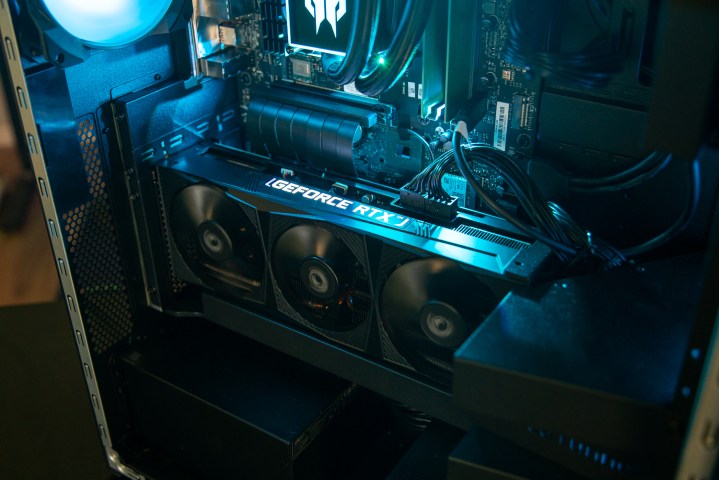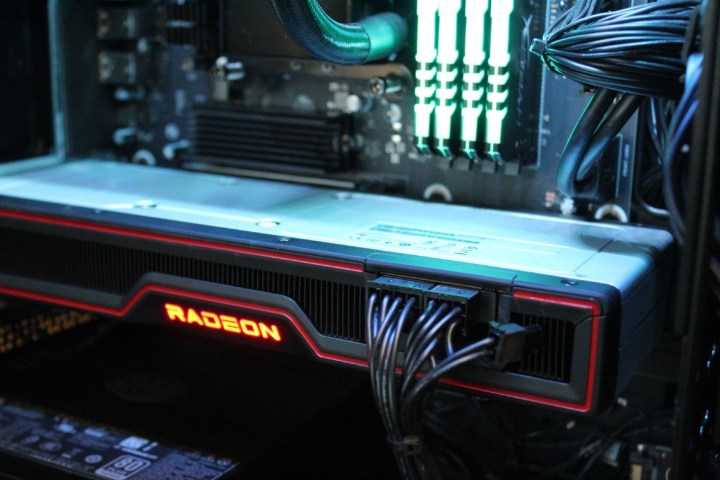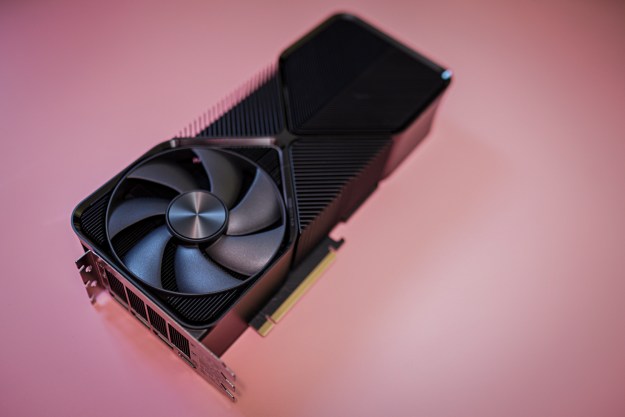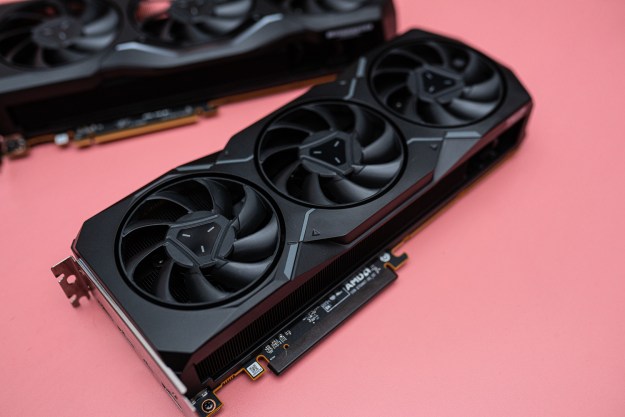Nvidia may be preparing to apply yet another price drop for its RTX 30-series GPUs, according to reports emerging from China.
As reported by VideoCardz, Chinese website ZOL is reporting that Team Green could reduce the cost of its graphics cards by the end of August — a course of action that would undoubtedly be a response to the current state of the market.

The outlet is hearing that AMD will also join its rival in cutting the manufacturer’s suggested retail price (MSRP) for its own cards, the Radeon 7000-series.
MyDrivers, meanwhile, states that the price reduction Nvidia will be applying will be “larger than that of AMD.”
The real question is how large these price drops will actually be. After all, in recent months, we’ve already seen retail prices fall to the point where many video cards can now be purchased below their MSRPs.
Case in point: One of Nvidia’s board partners, EVGA, has cut the price for some of its RTX 3090 Ti models by an enormous $1,000. Not so long ago, cards were being sold for inflated price points far exceeding $1,000. For example, the RTX 3080 GPU can be found on eBay for lower than $650 — a far cry from its average selling price of $1,000 before the market stabilized.
This state of affairs is unprecedented, to say the least, but there are a few reasons to explain the GPU market normalizing. One of the contributing factors behind prices nosediving is the cryptocurrency industry crashing across the board – both Bitcoin and Ethereum values in particular have decreased in speculator fashion.

And with shortage issues no longer affecting current-gen graphics cards, there’s been a huge buildup of stock, driving prices down even further.
Furthermore, next-gen RTX 40 and Radeon 7000 cards are only a few months away, which will obviously have a noticeable impact on the demand for boards.
Nvidia was previously reported to have slashed the MSRP for some of its flagship GPUs by as much as $500 last month. With that in mind, alongside the aforementioned supply chain reports, we could realistically see sub-$1,000 prices for some of the most powerful graphics cards become the new norm.
Lending credence to that scenario is the fact that Nvidia and AMD won’t want to possess an abundance of current-gen stock by the time their successors arrive.
Elsewhere, in Germany and Austria, the GeForce RTX 30-series is now available for 9% below MSRPs, while AMD’s Radeon RX 6000 lineup can be picked up for 14% below MSRPs.
Editors' Recommendations
- All of the exciting new GPUs still coming in 2024
- GPU prices are back on the rise again
- This new GPU feature is ‘a whole new paradigm’ for PC gaming
- Nvidia is the ‘GPU cartel,’ says former AMD Radeon manager
- Using an RTX 3060? Here’s the GPU to upgrade to next





